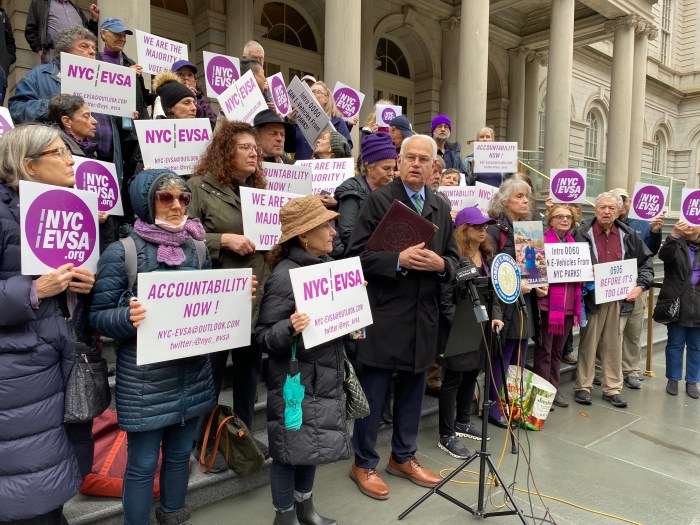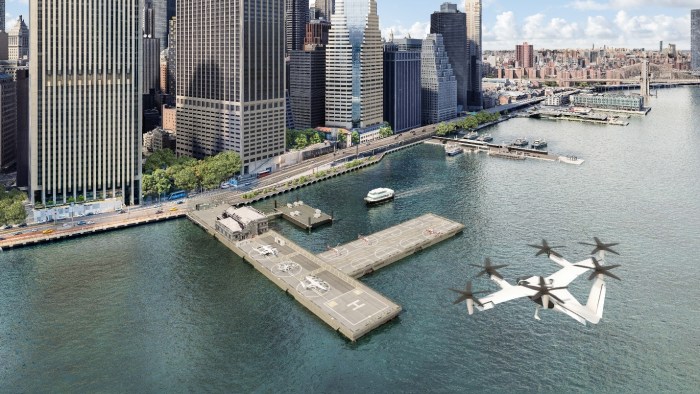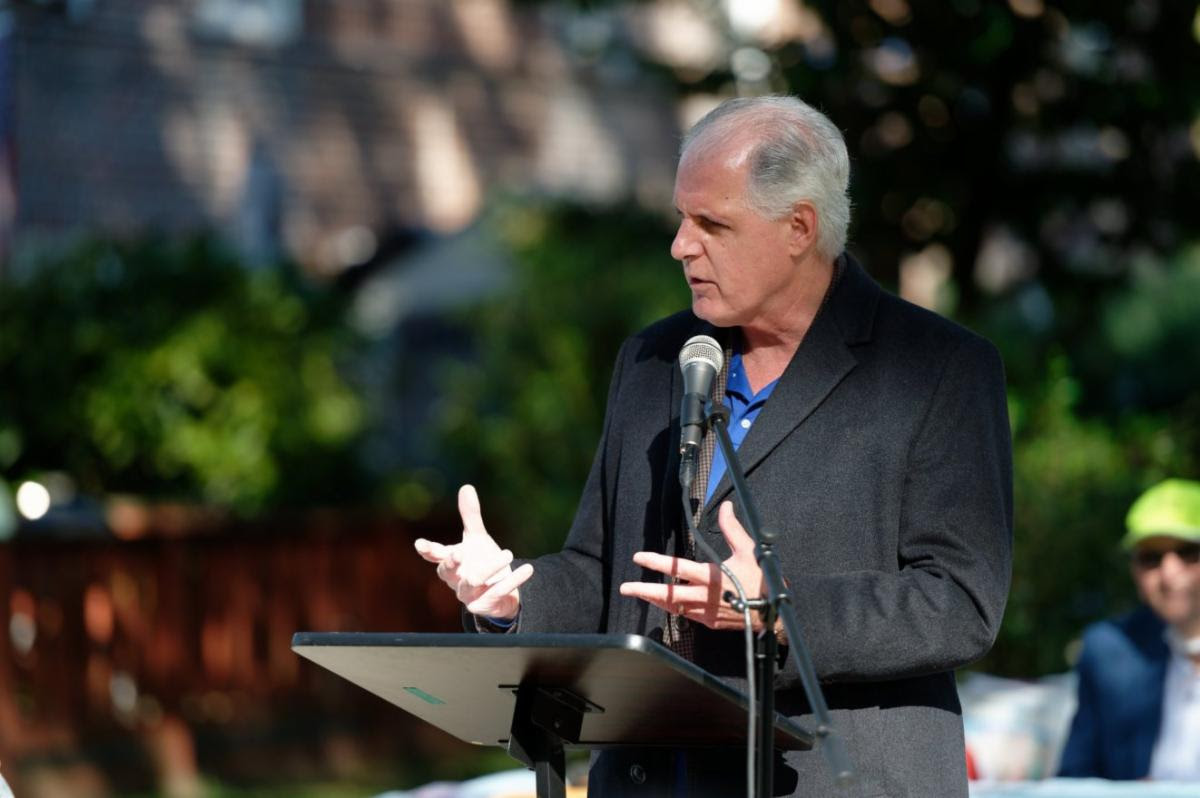
Two class action lawsuits were filed against the MTA Tuesday accusing the transit system of discriminating against disabled riders.
The lawsuits were filed by disability rights advocates on behalf of a coalition of other disability rights groups and three individuals.
The state lawsuit contends that 360 of the system’s 472 subway stations are unusable by people who can’t take the stairs, making NYC’s underground system one of the least accessible in the nation for people in wheelchairs and with mobility impairments.
The federal lawsuit, filed in the Southern District of New York, alleges that the MTA fails to properly maintain the elevators that do exist, with 12 percent out of service on any given day.
The failure to provide notice of outages or to offer alternatives to those dependent on elevators also presents a discriminatory hardship, the suit claims.
One plaintiff, Sasha Blair-Goldensohn, whose spine was partially severed after being hit by a 100-pound tree limb in Central Park in 2009, said his work commute requires a transfer and four elevators because there is no direct, accessible route.
“The lack of elevators doubles my commute time, at best. And if just one elevator is out of service, I’m stuck,” Blair-Goldensohn said in a statement. “I never know when I’ll have to ask strangers to carry me up the stairs in my wheelchair. It’s nerve-wracking, dangerous and degrading.”
An MTA spokeswoman said she could not comment on pending litigation, but that the authority is spending more than $1 billion “to increase the number of ADA-compliant subway stations and replace existing elevators and escalators.”
There are 248 elevators in the system and 117 stations are ADA accessible with 25 more in line to become so, she said. Elevators in the system are available 96 percent of the time, and cannot operate 100 percent of the time due to maintenance needs, although scheduled maintenance is done during off-peak hours to minimize disruption, she said.




































